
Nishant Sinha, PhD
Dr. Nishant Sinha, Assistant Professor of Informatics in the Department of Biostatistics, Epidemiology, and Informatics, is a neuroscientist with interdisciplinary expertise in engineering, informatics, biostatistics, and neurology, specializing in translational […]

Zhi Huang, PhD
Dr. Huang is an Assistant Professor of Pathology and Laboratory Medicine, with a secondary appointment in the Department of Biostatistics, Epidemiology, and Informatics at the University of Pennsylvania Perelman School of Medicine. […]

Susan Harkness Regli, PhD
Dr. Regli’s career in the fields of human factors and human computer interaction has spanned both industry and academia to bring innovative solutions into practice to improve human performance. As […]

Community Spotlight: Dr. Jordana Cohen
Jordana B. Cohen, MD, MSCE is an Associate Professor of Medicine and Epidemiology in the Department of Biostatistics, Epidemiology, and Informatics, a Senior Scholar in the Center for Clinical Epidemiology and Biostatistics (CCEB), and a Fellow at the Leonard Davis Institute of Health Economics.

Celebrating Informatics Excellence: Johnson and Shen Recognized by ACMI
Kevin B. Johnson, and Li Shen—faculty in the Division of Informatics—were recognized by the American College of Medical Informatics (ACMI) at the AMIA 2024 Annual Symposium.

Community Spotlight: Dr. Joseph Romano
Joseph Romano, PhD, MPhil, MA is an Assistant Professor of Informatics in the Department of Biostatistics, Epidemiology and Informatics, Senior Fellow in the Institute for Biomedical Informatics (IBI) and an investigator in the Center of Excellence in Environmental Toxicology (CEET).

Joseph D. Romano, PhD, MPhil, MA
Joseph D. Romano is an Assistant Professor of Informatics and Pharmacology in the University of Pennsylvania’s Perelman School of Medicine. He joined the faculty in 2023 after completing postdoctoral and […]

Qi Long, PhD
Dr. Long’s research program bridges novel statistical and ML/AI research and impactful biomedical research. Its thrust is to develop robust statistical and ML/AI methods and models for advancing precision medicine […]

Yong Chen, PhD
Dr. Yong Chen is Professor of Biostatistics at Department of Biostatistics, Epidemiology, and Informatics (DBEI), and a Senior Scholar at Center for Clinical Epidemiology & Biostatistics (CCEB) at the University […]

Making the EHR Into a Benefit, Not a Burden
In 1991, the National Academies of Sciences, Engineering and Medicine declared that computer-based patient records were an essential technology for health care. The new records would not only support patient […]
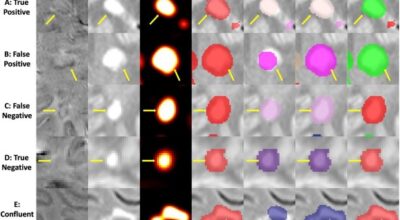
Fully Automated Detection of Paramagnetic Rims in Multiple Sclerosis Lesions on 3T Susceptibility-Based MR Imaging
The presence of a paramagnetic rim around a white matter lesion has recently been shown to be a hallmark of a particular pathological type of multiple sclerosis lesion. Increased prevalence […]
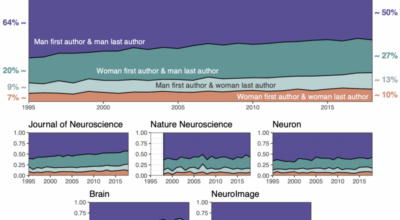
The extent and drivers of gender imbalance in neuroscience reference lists
Like many scientific disciplines, neuroscience has increasingly attempted to confront pervasive gender imbalances within the field. While much of the conversation has centered around publishing and conference participation, recent research […]
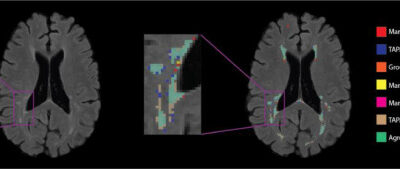
Automatic Threshold Detection for Classification of Lesions
Total brain white matter lesion volume is the most widely established MRI outcome measure in studies of multiple sclerosis. To estimate white matter lesion volume, there are a number of […]
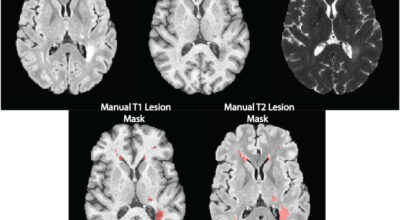
Detecting Black Holes in Multiple Sclerosis
Magnetic resonance imaging (MRI) is crucial for in vivo detection and characterization of white matter lesions (WML) in multiple sclerosis (MS). The most widely established MRI outcome measure is the […]

New paper on sensitivity analysis and power for IV
Sensitivity analysis and power for instrumental variable studies Wang X, Jiang Y, Zhang NR, Small DS. Link In observational studies to estimate treatment effects, unmeasured confounding is often a concern. […]
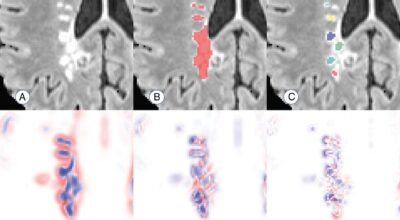
An Automated Statistical Technique for Counting Distinct Multiple Sclerosis Lesions
This study introduces a novel technique for counting pathologically distinct lesions using cross-sectional data, and demonstrates its ability to recover obscured longitudinal information. The proposed count works by incorporating information […]
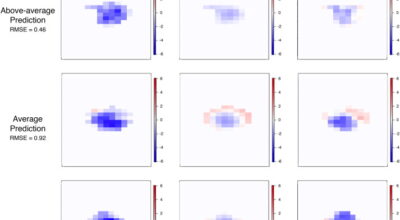
Predicting Degree and Spatial Pattern of MS Lesion Tissue Recovery
PREVAIL: In this work, our lab developed a model for predicting the degree and spatial pattern of MS lesion tissue recovery. The model is based solely on lesion presentation at […]